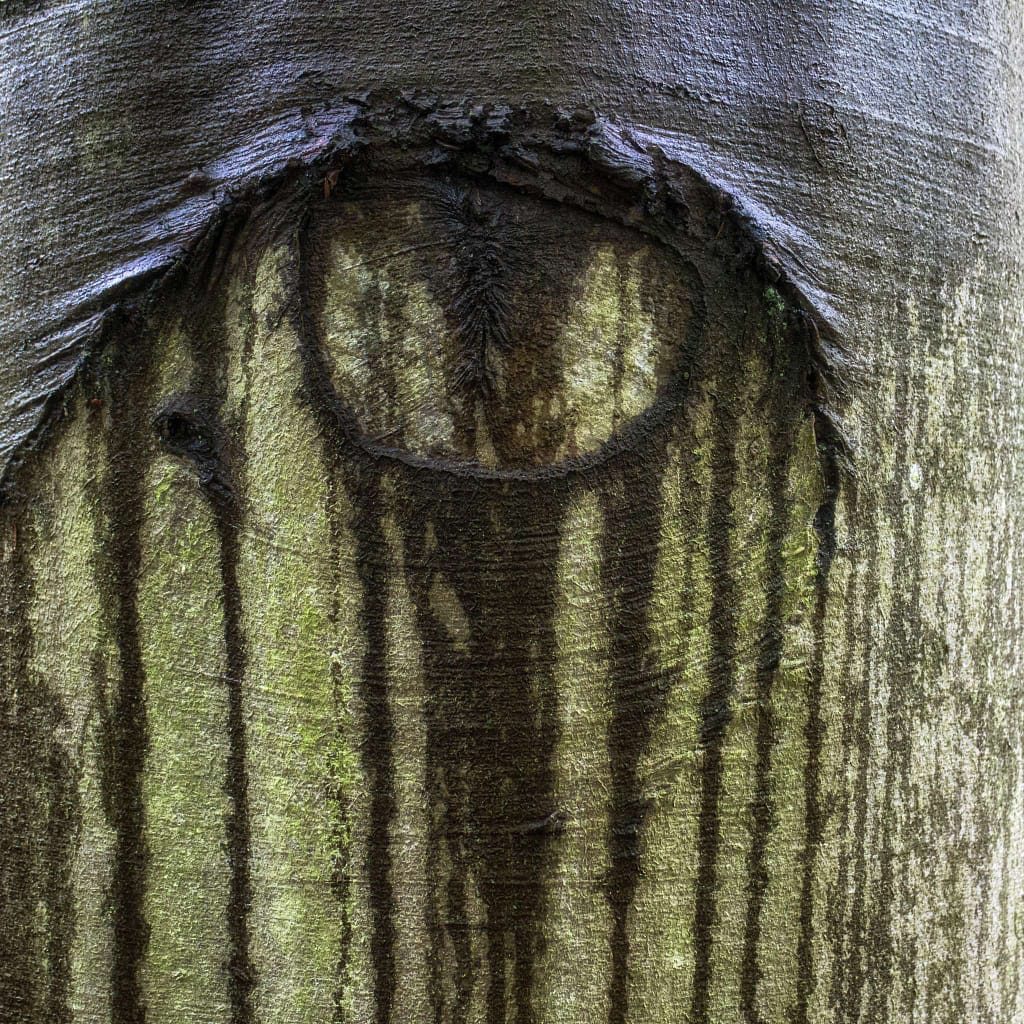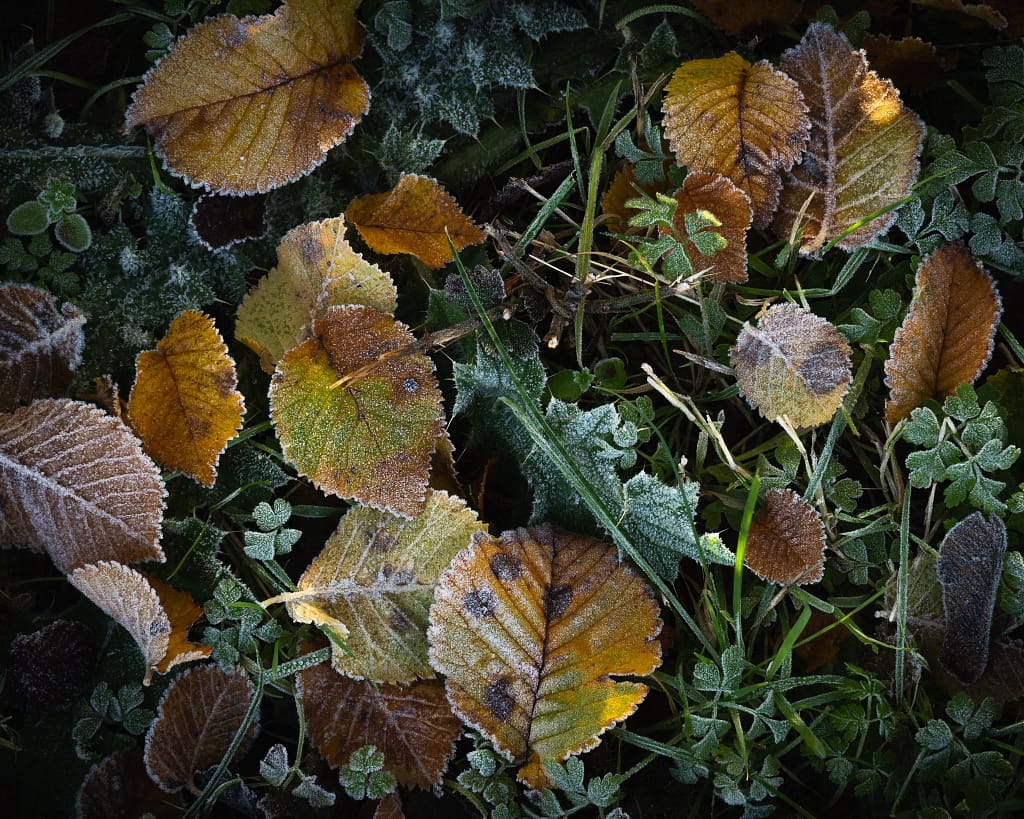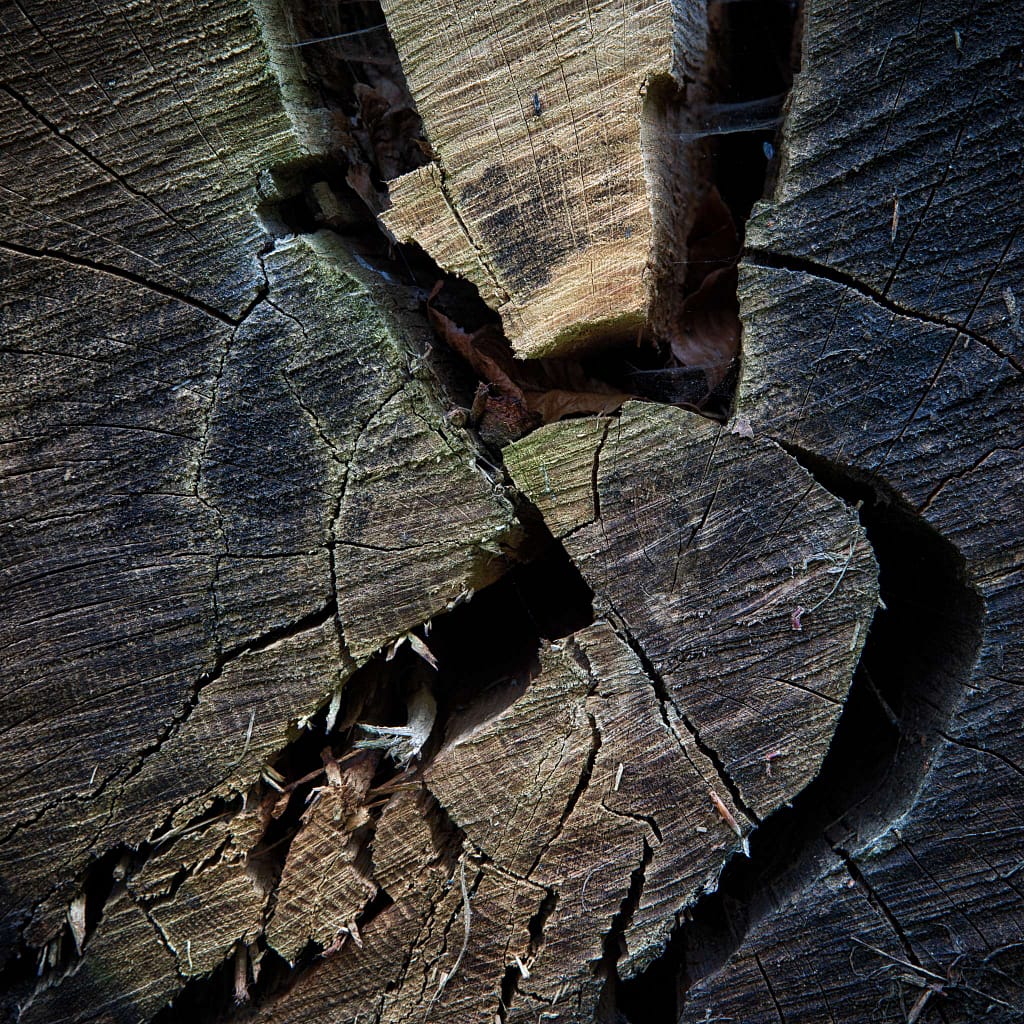In the months after trauma shattered my sense of self, I couldn’t trust my own thoughts. The internal dialogue had become a relentless critic, replaying painful memories and catastrophic predictions on an endless loop.
Photography became my refuge from that mental chaos – not because it silenced the noise, but because it gave me something else to focus on. Through the viewfinder, I discovered a different way of being present that didn’t require wrestling with my thoughts.
What I didn’t expect was how profoundly healing through mindful photography would reshape not just how I saw the world, but how I began to rebuild my relationship with myself.
Table of Contents

When Photography Became Survival
Initially, I used the camera as armour against overwhelming emotions. Point, focus, click: these mechanical actions created brief moments of calm in the storm of trauma recovery.
But I was still operating from a place of avoidance rather than healing. The camera was helping me escape my internal experience, not process it. I’d return from photography sessions feeling momentarily distracted, but the underlying pain remained untouched.
Research on therapeutic photography shows that “the process of creating is always connected to” our state of mind, even when the image doesn’t visually represent it. My early post-trauma photographs were documenting my disconnection, not my healing.
I needed to find a different relationship with the camera – one that invited me closer to my experience rather than further away from it.
When the Forest Became My Teacher
Everything shifted when I started walking in the woods without any destination in mind.
At first, I left the camera behind entirely. Just me, my thoughts, and whatever path felt right in the moment. These weren’t planned photography expeditions or fitness walks with predetermined routes.
They were wanderings.
Something profound happened during these aimless forest walks. I’d return home feeling lighter, as if I’d physically shed emotional weight from my shoulders. The heaviness that had settled into my chest would lift, even if only temporarily.
The forest wasn’t providing answers. It was providing space.
Studies on forest therapy reveal that time in woodland settings can “reduce anxiety by 29 percent” and “has shown the potential to help in recovery from trauma and PTSD.” I was experiencing this healing without understanding the science behind it – if you’re curious about developing your own forest connection, I’ve written a comprehensive forest bathing guide that explores these practices in depth.
After several weeks of camera-free walks, I began bringing my equipment again. This marked the beginning of my true journey of healing through mindful photography. My relationship with the camera had fundamentally changed.
That’s when things really shifted.

Learning to Photograph What Feels
Instead of hunting for dramatic compositions, I started noticing what drew my attention naturally. A shaft of light filtering through leaves. The texture of bark on an ancient oak. The way morning mist softened the edges of familiar trees.
These weren’t Instagram-worthy landscapes. They were quiet moments that resonated with something deeper.
I discovered I was developing a visual language for emotions I couldn’t articulate. The camera became a tool for processing rather than performing. Each image was a small meditation, a moment of genuine presence.
This was healing through mindful photography in its purest form. The act of looking through the viewfinder slowed me down. It forced me to really see instead of simply searching for the next shot.
Research on visual storytelling demonstrates that “when an image is created, it is a snapshot of where the artist is emotionally in the moment” and “art pieces can help to inform the process and show what is needed.”
My photographs began reflecting my internal landscape rather than just the external one.
The Shift from Capturing to Being Present
Mindful photography taught me the difference between taking pictures and making images. Taking implies grabbing, capturing, possessing. Making suggests a collaborative process between photographer, subject, and moment.
I stopped trying to impose my vision on the landscape. Instead, I allowed the forest to show me what it wanted to reveal.
This required patience I didn’t know I possessed. Sometimes I’d spend an hour with a single tree, waiting for the light to shift or my perspective to deepen. Other times, I’d walk for miles without taking a single photograph.
Both approaches felt equally valuable.
The forest became my collaborator in healing. It held space for my grief, my confusion, my gradual emergence into something resembling wholeness. The camera documented this partnership.
Where my earlier work had been about achievement, healing through mindful photography was about acknowledgment. These new images recognised where I was rather than where I thought I should be.

Practical Lessons from the Viewfinder
Mindful photography isn’t about special techniques or expensive equipment. It’s about bringing intentional awareness to the act of seeing.
For anyone exploring healing through mindful photography, these practices can provide a foundation:
Ground yourself first. Before raising the camera, take three conscious breaths. Notice what’s happening in your body, your emotions, your immediate environment. This simple ritual creates a bridge between internal chaos and external focus.
Trust your instincts. After trauma, we often lose faith in our own perceptions. Photography helps rebuild that trust. Spend time observing your subject without the camera. What draws your eye? What feels soothing or interesting? Your camera becomes a tool for validating your own experience.
Seek safety in the ordinary. When everything feels overwhelming, the most healing images often come from everyday subjects seen with fresh attention. A puddle reflecting sky. Shadows on a garden wall. The play of light through kitchen windows. These gentle subjects won’t trigger fight-or-flight responses.
Move without agenda. Leave your house with no specific photographic goals. Allow curiosity rather than performance to guide your steps. This removes pressure and creates space for authentic discovery.
Review with compassion. After a photography session, spend time quietly reviewing what you’ve captured. What do these images reveal about your inner state? What patterns do you notice? Approach this reflection as you would comfort a dear friend – with kindness, not judgement.
From Fragmentation to Wholeness
The transformation wasn’t immediate or linear. Healing rarely follows a neat timeline. But gradually, my photography began reflecting a different relationship with myself and the world around me.
The desperate searching energy of my early post-trauma work gave way to something more settled. I was no longer trying to photograph my way out of pain. Instead, I was using the camera to stay present with whatever arose.
Some days brought images full of light and hope. Others captured the grey, muted tones of ongoing struggle. Both were valid. Both were part of the story.
Healing through mindful photography taught me that recovery doesn’t mean returning to who I was before. It means integrating all aspects of my experience into a more complete understanding of who I am now.
My photographs became a visual diary of this rebuilding process. They showed me patterns I couldn’t see whilst living them. They revealed growth I hadn’t noticed happening – small acts of reconstruction that were happening one frame at a time. Each image was a building block in reconstructing my sense of self. Not the person I’d been before trauma, but someone new. Someone who could hold both vulnerability and strength, darkness and light.

The Ongoing Journey
Mindful photography continues to be a cornerstone of my wellbeing practice. It’s taught me that the most profound insights often come from the smallest observations.
The forest that first welcomed my wandering steps remains a frequent destination. But I’ve learned to find healing subjects everywhere. Urban architecture, another favourite genre of photography for me – especially when travelling, can be as meditative as woodland scenes when approached with genuine attention.
The key to healing through mindful photography isn’t where you point the camera. It’s how present you are when you do.
Recovery isn’t about reaching a final destination where everything is fixed and beautiful. It’s about learning to be fully present for the journey, ready and willing to embrace all its complexity and contradiction.
Photography gave me a way to practice that presence whilst actively participating in my own reconstruction. It offered a bridge back to myself when words weren’t enough – a way to rebuild trust in my own perceptions and experiences.
The most meaningful images in my collection aren’t the most technically accomplished or visually striking. They’re the ones that remind me of moments when I felt truly alive and awake in the world.
That’s the real gift of healing through mindful photography. It doesn’t just document the rebuilding process, it becomes an active participant in it. Each mindful moment behind the camera was both witness to and architect of my reconstruction.
The person who emerged from healing through mindful photography wasn’t the same one who first picked up the camera in desperation. She was someone rebuilt through thousands of small moments of presence, attention and gentle self-compassion. With all of it captured through the lens of mindful seeing.

